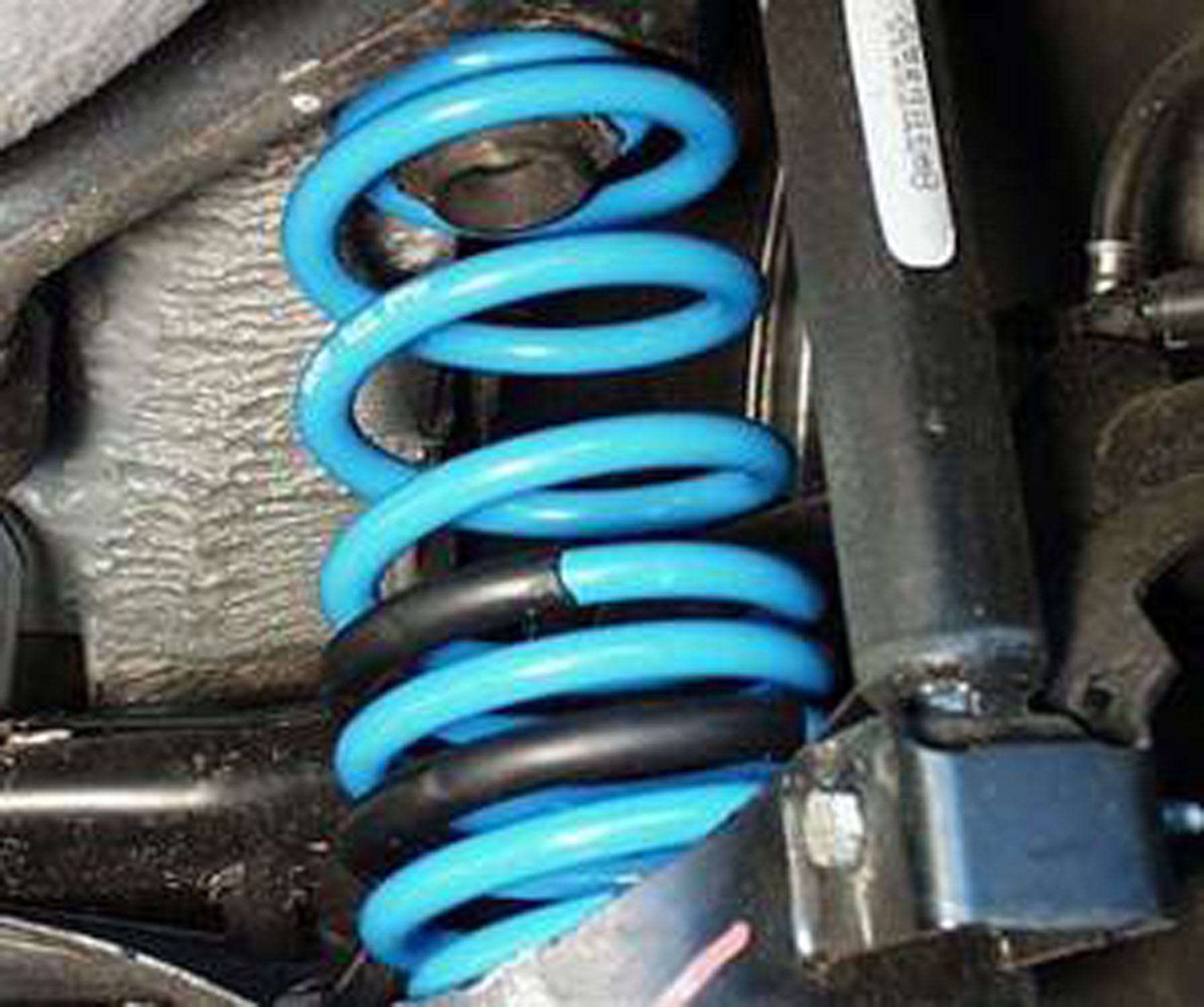

The presence of silver ions and sulfur in these granules suggests an interaction with nucleic acids, weakening DNA replication. Small dense granules were also observed to be deposited within cells. Bacterial cells increase in size, and the cytoplasmic membrane, cytoplasmic content, and outer layers of the cell show structural abnormalities.

These granules inhibit cell division and damage the cell envelope and bacterial content.

Other studies show structural changes in the cell membrane and vacuoles due to the deposition of small dense granules, formed by silver ions and sulfur, destabilizing the membrane and leading to cell lysis. Cell death caused by the de-energization of the cell membrane can be caused by low concentrations of Ag, which causes the massive escape of protons (H +) of the membrane.
Ag charge silver free#
A small percentage of the total dissolved silver remains as a free ion, depending on the concentrations of the different negatively charged ligands and the strength of the silver ion bond with each ligand.Īntibacterial activity of different forms of silver, including ions (Ag +), and silver nanoparticles (AgNPs) has been reported. In water, in order for silver ions to become stable they are associated with negative ions, called ligands. Silver is a transition metal that has positively charged ions. In water, as in biological systems, the chemical complexity of the constituent elements of the medium determines the properties of Ag. The dissociation rate depends on the chemical and surface properties, the size of the particles, and the surrounding environment. The silver Ag + ions come from the dissociation of different salts and from the surfaces of the oxidized silver nanoparticles. In one of the works the silver ion complex, Ag +, was examined with amino acid using hybrid density functional theory at the B3LYP/DZVP level. Some theoretical and experimental studies on amino acids and silver ions have been performed by other authors. In another experimental and theoretical study, the authors calculated the Gibbs free energies of the complexes formed between Ag + ions, Ag atoms, and two-atom Ag clusters with the amino acid’s various functional groups. Previous works have shown that Ag 2S nanoclusters (NCs) exhibit highly efficient antiviral activity when using the porcine epidemic diarrhea virus (PEDV) as a coronavirus model. The interactions of amino acids with Ag + 3 clusters serve as catalytic models of Ag nanoparticles. Silver nanoclusters have also been studied due to interactions between Ag + 3 NC with Cys and Gly and Ag NCs with Trp and His. Several studies suggest that AgNPs have presumed antiviral properties. AgNPs studies have demonstrated this potent antiviral action against various human pathogenic viruses such as Respiratory syncytial virus (RSV), Influenza virus, Norovirus, Hepatitis B virus (HBV), and Human immunodeficiency virus (HIV). Several authors have studied the potential antiviral actions of AgNPs against various human viruses, including those that cause respiratory diseases. In nanomedicine, the use of metal nanoparticles as drug carriers that can accumulate close to target cells and have an excellent therapeutic effect is well established. Those materials have the potential for antimicrobial action against various bacteria, fungi, and viruses. Silver nanoparticles (AgNPs) have been studied due to their great potential for applications such as targeted drug delivery carriers because of their antiviral and antibacterial properties. There is a decrease in Gibbs free energy from the amino acid-Ag + interactions immersed in a water solvation simulator. The negative values of the Gibbs free energies show that the interaction process between amino acids-Ag + in both media occurs spontaneously. Calculations related to the occupied orbitals of higher energy showed that Ag + has a tendency to interact with the nitrile groups (-NH). The amino acid-Ag + systems were investigated in a gaseous medium and a simulated water environment was described with a continuum model (PCM) the calculations were performed within the framework of density functional theory (DFT). We investigated the spontaneous interaction between amino acids and silver ions (Ag +), considering these ions as a virucide chemical agent for SARS-CoV-2. Due to the urgency in fighting the virus, we study five residues of free amino acids present in the structure of the SARS-CoV-2 spike protein (S). The world has face the COVID-19 pandemic which has already caused millions of death.


 0 kommentar(er)
0 kommentar(er)
